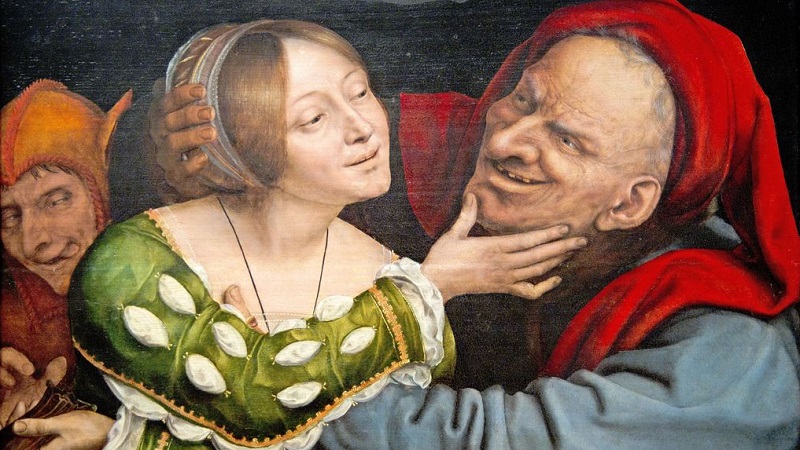

On the other hand, as Eco points out in his introduction, "this is a history of Beauty and not a history of art (or of literature or music)".


The book is arranged according to various themes rather than chronologically, although, given the fact that it begins with the aesthetic ideals of ancient Greece and ends with pop art and the mass media, the chronology seems self-evident. More paintings decorate the next 400 pages of quotations from philosophers and writers - Plato, Boccaccio, San Bernardo. It begins with 20 pages of reproductions of paintings and photographs, representing an enormous range of cultural icons, from Bronzini's Allegory of Venus to characteristic snapshots of David Beckham and George Clooney. With numerous examples of art, and quotations from the most celebrated writers and philosophers of each age, this provocative book explores in-depth the concepts of evil, depravity, and darkness in art and literature.On Beauty is an encyclopedia of images and ideas about beauty ranging from ancient Greece to the present day. Eco’s encyclopedic knowledge and captivating storytelling combines in this ingenious study of the ugly, revealing that we often shield ourselves from what we’re most attracted to subliminally. In the mold of History of Beauty, On Ugliness is an exploration of the monstrous and the repellant in visual culture and arts. Closely examining the development of the visual arts and drawing on literature from each era, the range of Eco’s inquiry includes concepts such as the idea of love, natural inspiration versus numeric formulas, and the unattainable woman. The first illustrated book by one of the world’s most acclaimed authors, History of Beauty presents an intriguing journey into the wonderful realm of aesthetics, exploring the ever-changing concept of the beautiful from ancient Greece to today with abundant examples.


 0 kommentar(er)
0 kommentar(er)
